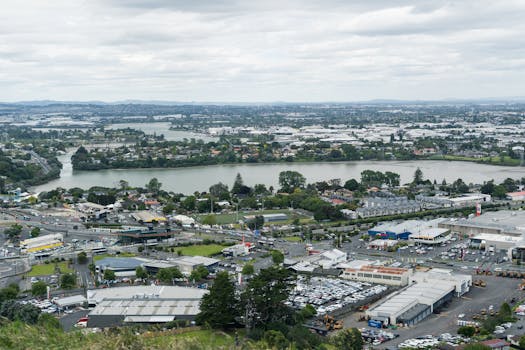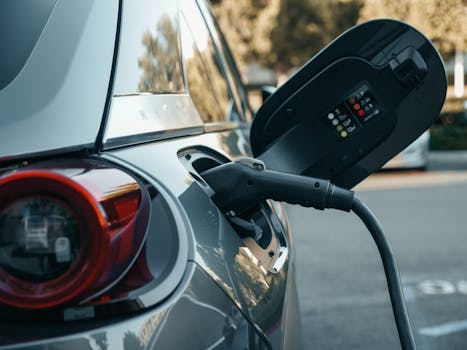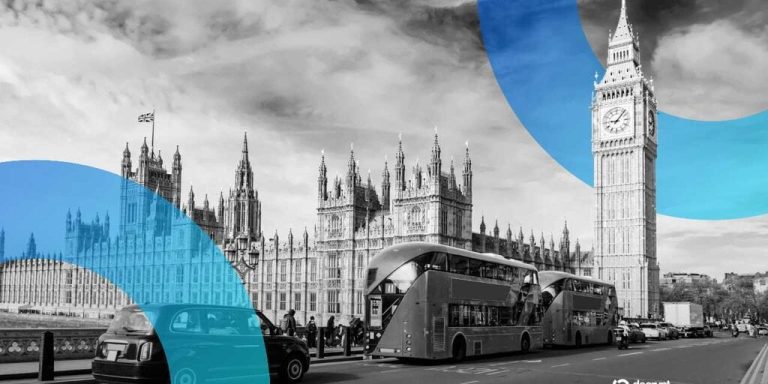
Smart Cities: Urban Trends for 2025
Smart Cities are at the forefront of urban planning, incorporating technology, innovation, and sustainability to create more efficient, livable, and resilient cities. As we approach 2025, it’s essential to explore the latest trends shaping the future of urban development. Smart Cities are no longer just a concept, but a reality that’s transforming the way we live, work, and interact with our surroundings.
Section 1: Introduction to Smart Cities

Smart Cities use data and technology to manage resources, reduce waste, and improve public services. This includes smart energy grids, intelligent transportation systems, and green infrastructure. The goal is to create a more sustainable, efficient, and livable environment for citizens. By leveraging the power of technology, cities can become more responsive to the needs of their inhabitants, providing better services, and improving overall quality of life.
Section 2: Urban Trends for 2025

So, what can we expect from Smart Cities in 2025? Some of the top trends include:
- Smart Homes: Integrated with the city’s infrastructure, smart homes will become more prevalent, providing residents with real-time data on energy consumption, waste management, and public services.
- Green Infrastructure: Cities will invest heavily in green roofs, urban forests, and green spaces to mitigate the urban heat island effect, manage stormwater runoff, and improve air quality.
- Autonomous Transportation: Self-driving cars, hyperloops, and advanced public transit systems will revolutionize the way we move around cities, reducing congestion, emissions, and accidents.
- Smart Energy Grids: Cities will adopt more decentralized, renewable energy sources, such as solar, wind, and hydrogen power, to reduce dependence on fossil fuels and lower carbon emissions.
Section 3: Challenges and Opportunities

While Smart Cities offer numerous benefits, there are also challenges to be addressed. These include:
- Data Privacy: As cities collect more data on citizens, there’s a growing concern about data protection, security, and potential misuse.
- Digital Divide: The increasing reliance on technology may exacerbate existing social and economic inequalities, leaving some citizens behind.
- Infrastructure Investment: The high upfront costs of implementing Smart City technologies can be a significant barrier for many cities.
Despite these challenges, the opportunities presented by Smart Cities are vast. By embracing innovation, collaboration, and sustainability, cities can become more resilient, adaptable, and responsive to the needs of their citizens.
Section 4: Conclusion

In conclusion, Smart Cities are the future of urban development, offering a more sustainable, efficient, and livable environment for citizens. As we approach 2025, it’s essential to stay informed about the latest trends, challenges, and opportunities in this rapidly evolving field. By working together, we can create a better future for generations to come.




